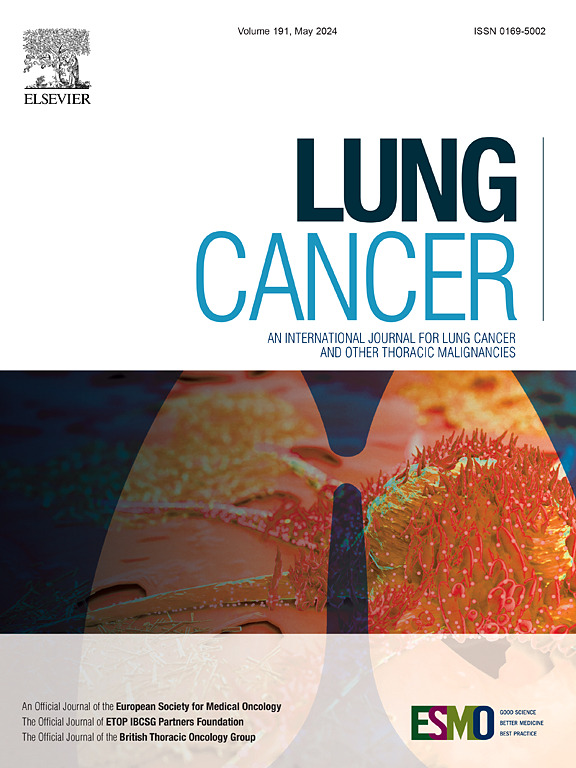Natural history models for lung Cancer: A scoping review
IF 4.5
2区 医学
Q1 ONCOLOGY
引用次数: 0
Abstract
Introduction
Natural history models (NHMs) of lung cancer (LC) simulate the disease’s natural progression providing a baseline for assessing the impact of interventions. NHMs have been increasingly used to inform public health policies, highlighting their utility. The objective of this scoping review was to summarize existing LC NHMs, identify their limitations, and propose a framework for future NHM development.
Methods
We searched MEDLINE, Embase, Web of Science, and IEEE Xplore from their inception to October 5, 2023, for peer-reviewed, full-length articles with an LC NHM. Model characteristics, their applications, data sources used, and limitations were extracted and narratively synthesized.
Results
From 238 publications, 69 publications were included in our review, corresponding to 22 original LC NHMs and 47 model applications. The majority of the models (n = 15, 68 %) used a microsimulation approach. NHM parameters were predominately informed by cancer registries, trial and institutional data, and literature. Model quality and performance were evaluated in 8 (36 %) models. Twenty (91 %) models included at least one carcinogenesis risk factor–primarily age, sex, and smoking history. Three (14 %) LC NHMs modeled progression in never-smokers; one (5 %) addressed recurrence. Non-tobacco smoking, nodule type, and biomarker expression were not considered in existing NHMs. Based on our findings, we proposed a framework for future LC NHM development which incorporates recurrence, nodule type differentiation, biomarker expression levels, biological factors, and non-smoking-related risk factors.
Conclusion
Regular updating and future research are warranted to address limitations in existing NHMs thereby ensuring relevance and accuracy of modeling approaches in the evolving LC landscape.
求助全文
约1分钟内获得全文
求助全文
来源期刊

Lung Cancer
医学-呼吸系统
CiteScore
9.40
自引率
3.80%
发文量
407
审稿时长
25 days
期刊介绍:
Lung Cancer is an international publication covering the clinical, translational and basic science of malignancies of the lung and chest region.Original research articles, early reports, review articles, editorials and correspondence covering the prevention, epidemiology and etiology, basic biology, pathology, clinical assessment, surgery, chemotherapy, radiotherapy, combined treatment modalities, other treatment modalities and outcomes of lung cancer are welcome.
 求助内容:
求助内容: 应助结果提醒方式:
应助结果提醒方式:


